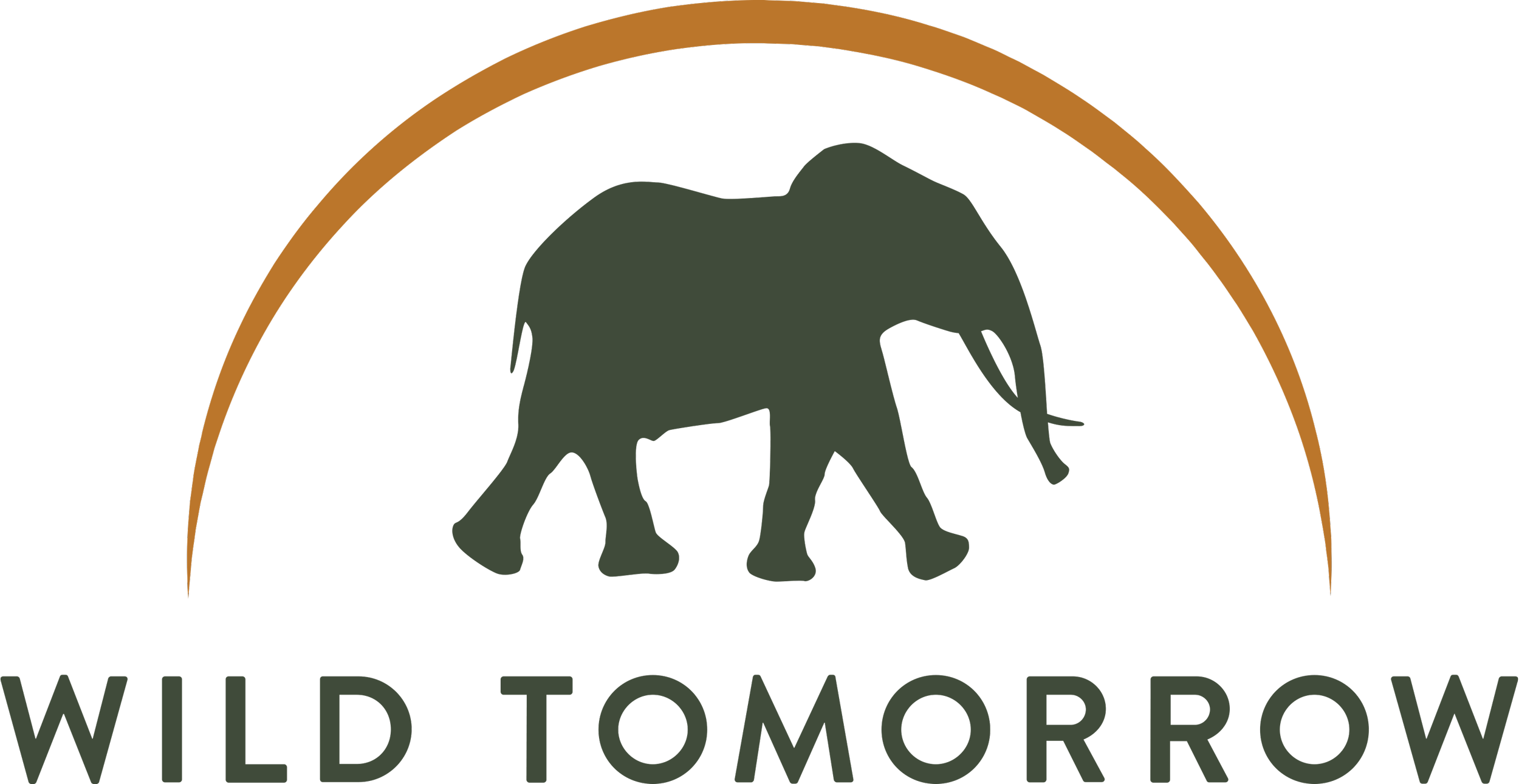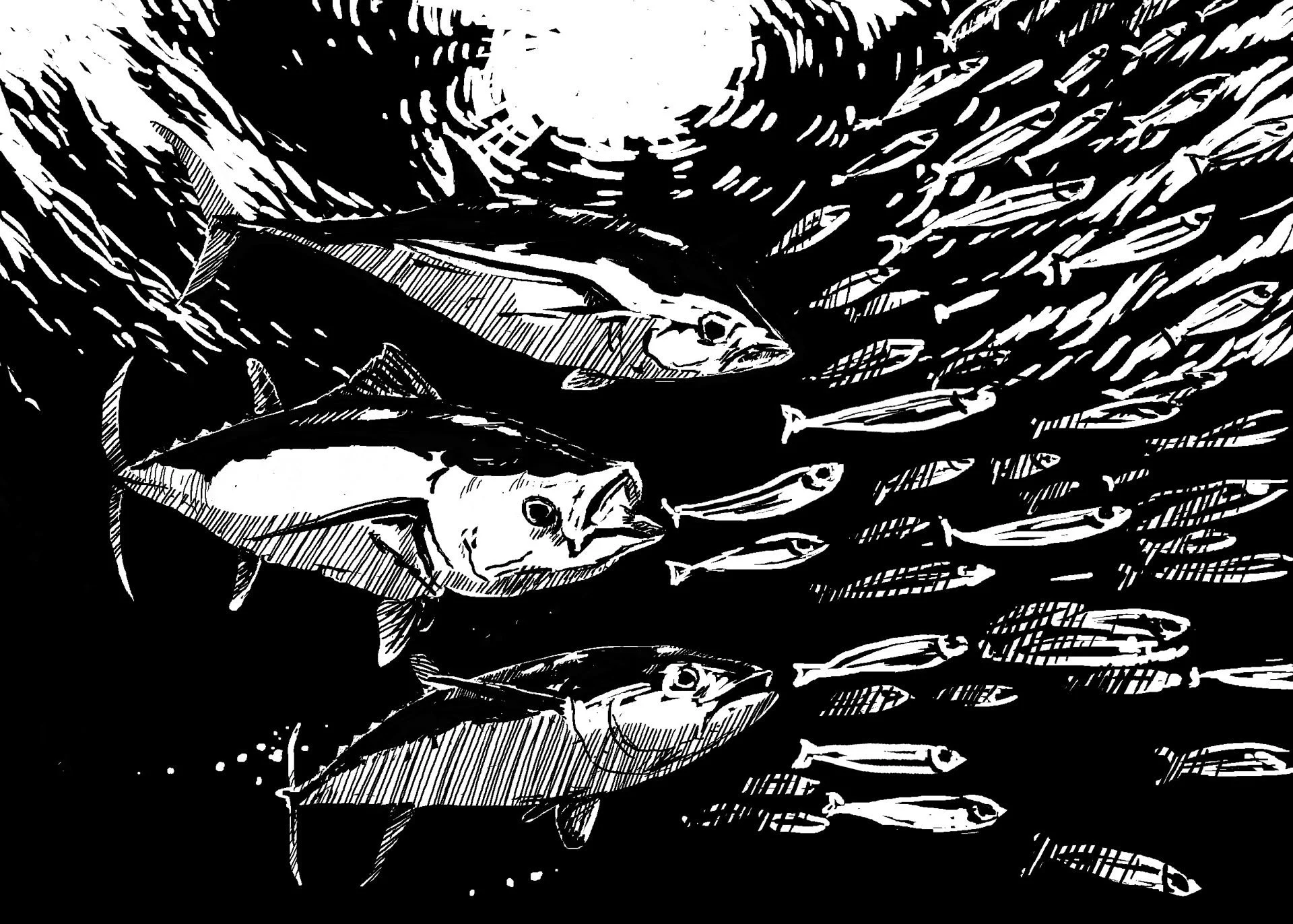WHY WILDLIFE MATTERS: INSIGHTS FROM SIMON MUSTOE
Wild Tomorrow Ambassador Jeffrey Phillips caught up with Australian scientist and conservationist Simon Mustoe, author of the recently published book Wildlife in the Balance: Why Animals are Humanity’s Best Hope. Jeff asked Simon to share his insights about wildlife conservation by responding to three intriguing questions which will be released in a series over the coming weeks. Today, we will find out why Simon believes we should care about the fate of wildlife populations. We hope you enjoy and stay tuned for more!
Simon Mustoe is a wildlife ecologist, author, and communicator. Photo Credit: Simon Mustoe.
It’s a good feeling when two people can discuss a topic they’re passionate about, and that’s exactly what happened when Wild Tomorrow Ambassador, Jeff Phillips, had the pleasure of interviewing scientist and conservationist, Simon Mustoe, about wildlife conservation. Jeff is a big fan of Simon and his recently published book “dubbed as perhaps one of the most important books of our time”, Wildlife In The Balance: Why Animals are Humanities Best Hope. The book exudes the importance of animals and their contribution to the functioning of ecosystems. Simon believes this view is the key to reestablishing a strong connection between people and the natural world.
Simon devotes his time to traveling and providing expertise in conservation, while collaborating with inspiring individuals to bring about measurable improvements for wildlife. His greatest passion lies in conveying this message to the global audience. We are thankful to Jeff and Simon for sharing this interview with us!
Why should the average person care about the fate of wildlife populations (especially those far away)?
Earth’s ecosystems have always been connected globally and animals, particularly large-scale migrants, were moving energy and nutrients across entire continents for time immemorial. We would not be here if it weren’t for that, and we have no future without it.
Compared to wildlife, humans are very limited in our scope to transfer and amplify ecosystem energy and resources. Therefore, we depended on the rest of the planet’s animals to bring resources to us. All of the world’s most important cities, for instance, are built in places where animals transferred, amplified and concentrated nutrients, for millennia before.
Fish like these tuna used to move gargantuan amounts of nutrient around the world. As we have allowed migratory animals to disappear, these transfer mechanisms have been in significant decline over the last 50 years. Photo Credit: Simon Mustoe.
Traditionally, humans have very tiny home-ranges. Hence, a few hundred years ago, our ancestors weren’t much concerned with what was going on overseas … or indeed having much more than a local impact.
Since then our society has changed everything. We’ve replaced the critical life-support transportation roles of diverse and abundant wildlife (supplied to us at no cost) with a fossil-fuel driven economy (supplied at great cost to us).
Today, the clothes we wear, houses we live in, food we eat and drinks we consume, are mostly grown, packaged, and distributed from elsewhere. This total reliance on moving energy around using machines instead of animals, has created a new energy system but only the illusion of stability.
Koalas have lived alongside people for 65,000 years. Perhaps longer than any megafauna ever has. Humans and koalas co-benefited from each other’s survival. Before European settlers killed over 8 million for the fur trade, koalas were consuming more than 2% of the entire leaf production of the eucalypt forests. They were creating light gaps, fostering relationships with other creatures, both great and small, altogether making soil and retaining water. Passenger Pigeons did the same in the oak forests of the US. Photo Credit: Simon Mustoe.
In actual fact, our cost of living today, is growing rapidly, because most of the retail price of basic essentials is increasingly paid for in wasteful burnt fuel. ‘Good carbon’ which is the building block of life and carries the organic compounds that house nutrients and feeds us, is in the same quantity it has always been. But it’s been redistributed so it’s become very thinly spread. This is because we’ve used pesticides and fertiliser to wash it from soil; cut down the forest homes of animals; and depleted our oceans of whales and tuna.
Increasingly we must harvest those nutrients more intensively, or transport things from further away. The carbon is no longer residing in the bodies of animals and ecosystems, it’s floating in oceans and the atmosphere. This reduction in patchiness, is an ever-increasing threat and cost to humanity.
We have never before had the need or the foresight to protect the wildlife that would have been essential to rebuilding and / or sustaining our efforts. Hence those basic life support structures continue to crumble away.
Ironically, most conservation scientists the world-over haven’t even worked this out yet – that everything is dependent on animals other than humans. This means we don’t actually know how unsustainable we really are. But it’s suggested that 30% of all our climate woes, for example, could be addressed by rebuilding ecosystems.
Our problem now is that we’re not completely convinced that wildlife conservation is necessary for this, or indeed, as I argue, the only way to secure that future. Most of us still think that animals are simply the icing on a very large cake.
Because we are so globally impacting in everything we do today, we are now facing a worldwide change in our civilisation, which will affect everyone on the planet equally. This is no longer a local problem. A few thousand years ago, individual civilisations collapsed when they became over-dependent on their land. Today, most of the western world will be affected in one go. We are effectively one civilisation now.
But we’re still dependent on wildlife to rebuild everything we’ve lost.
Elephants are among the largest and most charismatic animals left on planet Earth. Their impact on a continent literally brings it to life. They are essential for carbon cycling and without them, humanity couldn’t exist. The benefits flow way beyond the local area, as migratory animals transfer nutrients between continents. A fair climate for living is built on the backs of the impact animals have on all lands. Photo Credit: Wild Tomorrow Ambassador, Nadja Rutkowski.
Because of the position of humans in the energy system, it’s the decline in either super-abundant, or large-bodied animals, that has the most profound impact on us. Animals that migrate are particularly important. The birds that visit Europe, for instance, spend half of the year in Africa. If we are killing migrants in Europe, we are undermining African wildlife. When we invest in commodities that kill African wildlife, we are creating an impact at home. If we are buying beef sourced from Amazon rainforest destruction, the same applies.
Climate change, of course, is the ultimate problem. But that’s also a symptom of the release of ‘good carbon’ into places it isn’t useful for our survival. It’s a breakdown of millions of years of energy structures that enabled our evolution and success as a species.
In summary, this pre-existing ecological connectivity, combined with today’s globally-connected economy, has made us all equally responsible for each other as one global society. This means all humans and other animals as well, because as animals, we all share the same fate. And because restoring diverse and abundant wildlife is our only hope to rebuild habitable ecosystems, the lives of every animal matter, whether it’s overseas or not.
Stay tuned for our second blog in the series next week, where Simon will discuss his hope for the future of wildlife conservation!
Want to hear more from Simon?
Simon can be found on his blog where he posts every month – or search his Wildlife in the Balance book to get your hands on a copy. The book is available online as an eBook and Audibook, and as a paperback to order from all good bookstores worldwide. Or you can buy direct from Simon here.
Social media links: Facebook, Instagram, Twitter @wildiaries, Linkedin @simon-mustoe, @wildlife-in-the-balance
Email: simon[at]wildiaries.com
Interested in traveling with Simon? Click here!
Blog: http://simonmustoe.blog





